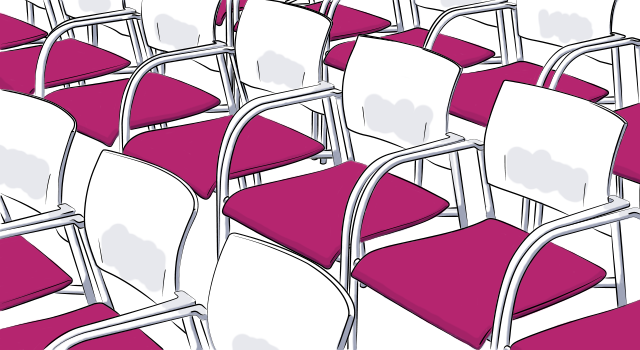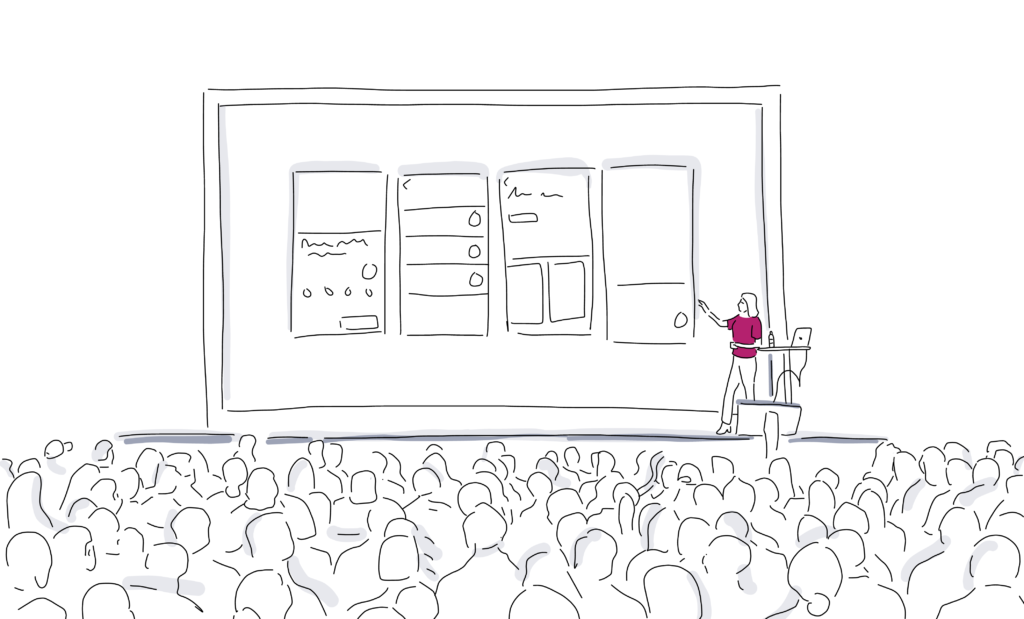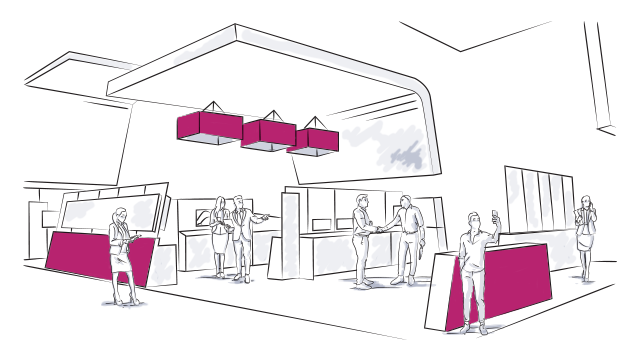
Absolutely Everything You Need to Know About Event Wifi
With the growth of personal connectivity reaching new heights seemingly by the hour, it’s impossible to create a compelling event experience with0ut offering a rock-solid wifi connection.
In Maslow’s Hierarchy of Needs the essential human needs are mapped out in pyramid form. The most crucial of needs are found at the bottom of this pyramid, while the slightly less critical needs are found as you move on up. It’s safe to say that had Maslow built out this hierarchy in 2016, he surely would have included “good wifi connection” somewhere at the base.
During the last leg of Social Tables’ 2016 roadshow, Matt Harvey, the President of Client Network Services at PSAV, shared his insight on connectivity at events, and coached attendees on what to ask for when negotiating event wifi. In his talk, Matt communicated the three crucial aspects to comprehend in order to secure the best connection possible for your next event.
Here’s How to Avoid Event & Trade Show Wifi Issues & Get It Right

1. Know the right event wifi terminology
Here are the two crucial event wifi terms you need to know:
- Bandwidth – the range of frequencies within a given band, in particular, that are used for transmitting a signal.
- Dedicated Bandwidth – the bandwidth that is specifically set aside for one business or entity.
Let’s focus on that last definition. It’s mission-critical for you and your event! To give you some added context, here are some examples of what is known as “shared bandwidth”:
- Public space
- Guest rooms in a hotel
- Back offices
- Meeting spaces
For event wifi, you want to be sure to confirm that you are dealing with “dedicated bandwidth” NOT “shared bandwidth”. That is, if you’d like you and your attendees to have a consistent, even basic, connection to the internet throughout your event. Dedicated bandwidth is the major step #1 in providing your attendees with the best wifi possible.
Infrastructure – the designated tool or router that provides connection to the internet to mobile users
Range is imperative for infrastructure placement. Your “access points” will determine a number of items that may seem more like questions as your event organization is underway. Your infrastructure access points can be a guide in helping answers questions such as:
- Where is the hub of my event?
- Where is the networking and interactivity going to take place?
- What connectivity limitations might my attendees face (and where)?
In terms of next steps when getting these details squared away, there is only one logical place to turn to – support! Whether you are dealing with offsite engineering over the phone, or an onsite accompaniment that provides day-of support, this relationship is an important one to establish and maintain as the date of your event approaches.
While we’re on the subject of support, let’s consider the possibility of your event experiencing some good old fashioned event wifi failure (keep breathing, everything will be ok)!
2. Be aware of and plan for the top causes of event wifi failure.
The top causes are:
- Inadequate Bandwidth
- Inadequate Infrastructure
- Inadequate Support
- External Factors
- Lack of Planning
But don’t worry! We’re not here to only deliver the bad news and possibilities at hand. There are a number of solutions available to event planners to help prevent any of these connectivity roadblocks.
Solution #1: the Bandwidth Estimator
Go into your conversation with support knowing exactly what your event is going to need. Use the Event Wifi Bandwidth Calculator from Endless Events. It allows an unlimited number of users, so it works super well for networks with more than 1,000 people. Or let PSAV’s “bandwidth estimator” do the heavy-lifting for you after providing some simple info about your event (guest #, size of event, etc.)
Solution #2: Striking the Balance Between Coverage and Density
When putting together the layout for your event, it’s important to ask some of the following questions to optimize event wifi connection:
- “How much bandwidth can you dedicate to my event?”
- “Do you have an AP layout map to send me?”
- “Who provides on and off-site support?”
These discovery questions will prove to be integral to the success of your event when solidifying both an acceptable level of connectivity AND price point. Speaking of price point, let’s get down to some brass tacks.

3. Know how to negotiate for the best event wifi
When deciding on your event Wifi package, you must first determine the product is acceptable before deciding if the price (including free!) is worth it. In order to lock-up the most cost-effective and reliable option available, you’ll need to come to terms with several event details before “having the talk”:
- # of people you are servicing
- # of devices you are servicing
- what will attendees be using connectivity for?
- How much bandwidth is needed?
- How critical is the event wifi to the success of the meeting?
If you can enter into your negotiations with these bullet points at-the-ready, you will be more than prepared. Additionally, there are several crucial answers you should be looking to receive in this meeting from the provider. For example, you need to find out the venue’s bandwidth, infrastructure, and support. And, you should provide the event venue with your meeting’s profile, your internet use needs, and any reporting you might have from previous events about your wifi usage.
Lastly, to make sure you’re staying on track and not missing a beat be sure to collaborate! Working with teammates when selecting an event wi-fi package is always beneficial for outside opinion (and moral support).
Now You’re Ready to Get Your Event Wifi Right!
Up next, learn more about creating the best event seating plan, and see how to make an event planning check list to set your meeting up for success.
Plus, is the event technology side of things has got you buzzing from this article, why not try out a free tool that can help gather some of those much-needed numbers? Check out an all in one event calculator that can easily double as a day-of best friend.
Thanks for reading and be sure to follow Social Tables on Facebook and stay up to date on the latest blog updates.


